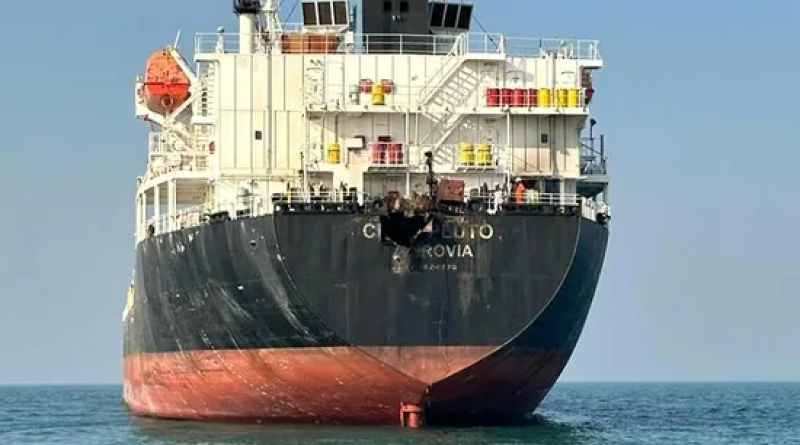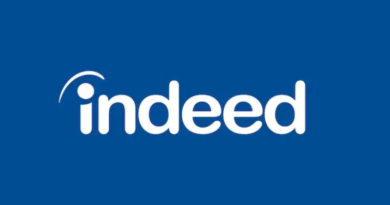Indian Navy Takes Swift Action to Safeguard Maritime Trade Amid Rising Threats

New Delhi: In a strategic move to counter the growing threat to maritime security in the West Asia region, the Indian Navy has increased surveillance measures following the recent drone attack on Mangalore-bound chemical tanker, MV Chem Pluto. Shia Houthi rebels in Yemen, who are known to target merchant shipping, have raised concerns, prompting the Indian Navy to deploy four guided missile destroyers on the high seas to protect commercial vessels from potential missile-drone attacks have been forced to.
Protective measures at sea:
The Indian Navy’s response includes deployment of P8I multi-mission aircraft and Sea Guardian drones to enhance maritime domain awareness. Along with this, a comprehensive investigation is also underway as a defense team is examining the drone-hit MV Chem Pluto, which had arrived at Mumbai port on Christmas Day. The chemical tanker was attacked 210 nautical miles off Dwarka in Gujarat, raising questions about the possible origins of the attack.
Strategic Naval Deployment:
With Shia Houthi rebels targeting merchant vessels in the Red Sea and North Arabian Sea, the Indian Navy has strategically deployed INS Kolkata at the mouth of the Red Sea, ready for further instructions. INS Kochi is deployed in the North Arabian Sea, while INS Visakhapatnam and INS Chennai operate in the high seas, ensuring open sea lines and immediate response to any military disruption. All four warships are equipped with BrahMos surface-to-air missiles, enhancing their defensive capabilities.
Global Implications:
The maritime security situation assumes international importance as the Iran-made Shaheed drone with a range of 1,350 nautical miles is suspected to have been used in the attack. While Iranian officials reject the allegations, security experts suggest the possibility of Houthi involvement. The attacks on merchant tankers are believed to put pressure on the US-led coalition, urging Israel to end military operations against Hamas in Gaza. This development raises serious concerns about maritime security in the Arabian Sea and the Red Sea.
Challenges and Global Trade Impact:
Despite the presence of two US Navy carrier strike forces in the region, the Persian Gulf and the Gulf of Oman face congestion from large tankers and bulk carriers. The Suez Canal, a vital trade route, is witnessing the diversion of a significant percentage of shipping through the Cape of Good Hope due to Houthi attacks. This diversion increases costs and oil consumption, affecting 12% of global trade and 30% of global container traffic that passes through the canal annually, accounting for approximately US$1 trillion.
The proactive approach of the Indian Navy underlines the urgency to address emerging threats to maritime trade. As tensions remain in the region, the international community faces the challenge of maintaining open sea lanes and safeguarding global trade routes against emerging security risks. This situation requires collaborative efforts to ensure the stability and security of vital waterways, which are vital for the uninterrupted flow of goods and resources around the world.






Pingback: как убрать живот
Pingback: socom 16
Pingback: เค้กดึงเงิน
Pingback: MM88BET คือเว็บอะไร?
Pingback: rca77
Pingback: รับจัดงานอีเว้นท์
Pingback: safe eft cheat
有道词典是由网易有道出品的全球首款基于搜索引擎技术的全能免费语言翻译软件。简介. 支持中文、英语、日语、韩语、法语、德语、俄语、西班牙语、葡萄牙语、藏语、西语等109种语言翻译。拍照翻译、语音翻译、对话翻译、在线翻译、离线翻译更顺畅。更多的翻译 https://www.youdaoo.com
Pingback: รวยด้วยเลขเด็ด เว็บหวย 1000
Pingback: 10 อันดับ เว็บพนันออนไลน์
Pingback: เว็บสล็อตตรงไม่ผ่านเอเย่นต์
Pingback: คลินิกเสริมความงาม
Pingback: โปรสล็อตสมาชิกใหม่ฝาก10รับ100pg
Pingback: free chat rooms
Pingback: promo codes
Pingback: เว็บซื้อหวยออนไลน์ ราคาดีที่สุด
Pingback: King Chance
Pingback: รับผลิตสปริง
Pingback: 1win apk
Pingback: visit the website
Pingback: โคมไฟ
Pingback: บาคาร่าเกาหลี
Pingback: Thai River Wonders
Pingback: Mostbet